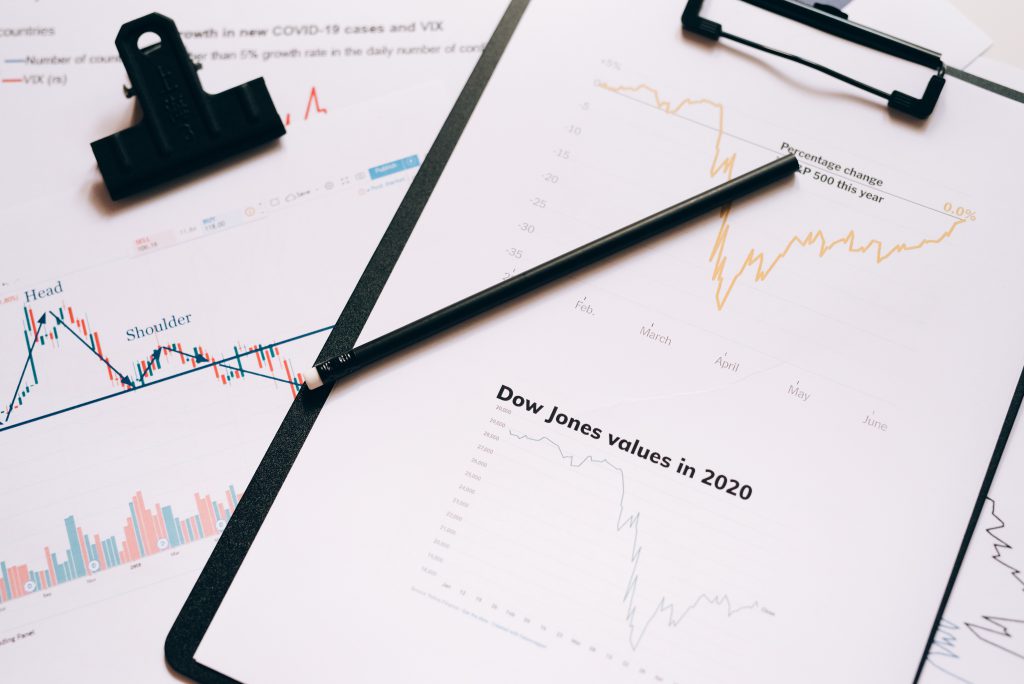This Week in a Nutshell (6th February to 10th February 2023)
 Technical talks
Technical talks
NIFTY opened the week on 6th February at 17,818 and closed on 10th February at 17,856. After the volatility during the week, NIFTY closed flat with a gain of ~0.2% and formed a hammer-type candle on weekly charts. On the upside 17,939 can be the first target to achieve. On the downside, it can take support at 17,715.
Among the sectoral indices, METAL (-2.2%), ENERGY (-1.4%), and FMCG ( -1.2%) were the top losers during the week while REALTY ( +2.2%), MEDIA (+1.83%) and, HEALTHCARE (+1.5%) were the top gainers during the week.
Weekly highlights
- On Wednesday Reserve Bank of India’s (RBI) monetary policy committee (MPC) raised the repo rate by 25 bps, from 6.25% earlier to 6.5%. The RBI started this rate hike cycle in May 2022 and till now they have increased the repo rates by 250bps. The MPC continues to be focused on maintaining the inflation rate under the tolerance level. RBI reduced the inflation forecast to 5.3% for FY24 and it is expecting real GDP growth of 7% and 6.45% for FY23 and FY24 respectively.
- Wall Street also faced significant volatility during the week. The S&P 500 and NASDAQ lost ~0.5% and 1.3% respectively and Dow Jones Industrial Average gained ~0.2% during the week.
- Crude oil prices witnessed a good rally in the prices, Brent crude and West Texas intermediate gained ~8.1% and ~8.9% respectively and closed the week at USD 86.5/bbl and USD 79.8/bbl respectively. Crude oil prices jumped on Friday after Russia announced that it will slash its crude oil output by ~500,000 barrels per day in March 2023, in response to the price cap imposed by the western countries.
- In January 2023 the US job growth was strong and the unemployment rate fell to 3.4% which is the lowest since May 1969. The nonfarm payrolls increased by 517,000 vs consensus estimates of 187,000, the report suggesting the economy is doing well. The US Fed chair Jerome Powell said the road ahead will likely be long and bumpy, and stronger-than-expected economic data could bring more rate hikes despite the US inflation is starting to cool.
- On Thursday Association of Mutual Funds in India (AMFI) released the data on inflow in the equity mutual funds. The report showed that in January 2023 net investment in equity and equity-linked mutual funds schemes has increased by 71.8% compared to Dec-22 and stood at Rs 125.5bn. Small-cap and mid-cap funds witnessed higher investment compared to large-cap.
- On Wednesday SEBI proposed a strengthened protocol for monitoring related party transactions (RPT) by High-Value Debt Listed Entity (HVDLEs), the SEBI has floated the consultation paper to review the existing corporate governance norms for HVDLEs. When the HVDLEs enter into RPTs, the current norms require companies to obtain the approval of the majority of the shareholders but no related party should vote to approve such a resolution.
- During the week net institutional activity remained negative. Foreign Institutional Investors (FIIs) net sold shares worth Rs 32bn, while Domestic Institutional Investors (DIIs) net bought shares worth Rs 23.8bn.
Things to watch out for next week
- Investors will closely watch India’s inflation data for Jan-23 on 13th Indian markets might face some volatility next week on the back of inflation data. The 3QFY23 result season is coming to an end next week and after that, we expect stock-specific action.
- In the US investors will closely watch the US inflation data, expected to be released on 14th Feb 2023. The expectation of the inflation data might keep the markets volatile as the inflation data is expected to navigate the US fed’s rate hike cycle path ahead. England’s inflation data and the US Industrial and manufacturing production data are expected to be released on 15th
Disclaimer: “The views expressed are for information purposes only. The information provided herein should not be considered as investment advice or research recommendation. The users should rely on their own research and analysis and should consult their own investment advisors to determine the merit, risks, and suitability of the information provided.”





 Technical talks
Technical talks


 Technical talks
Technical talks